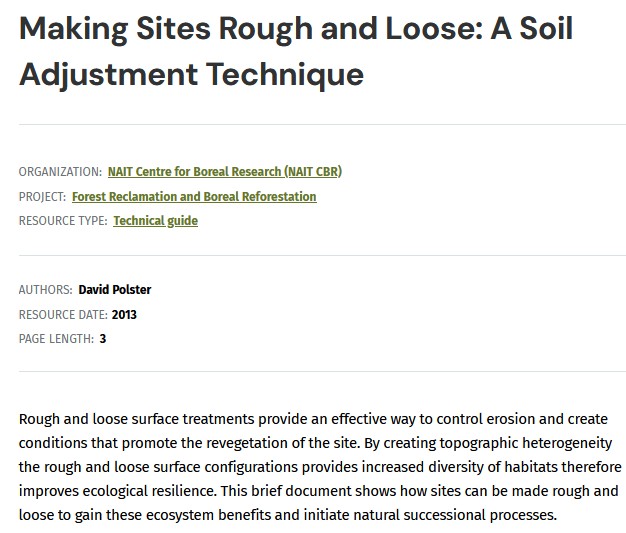Resiliency in the Wapiti Watershed
Floodplain reconnection
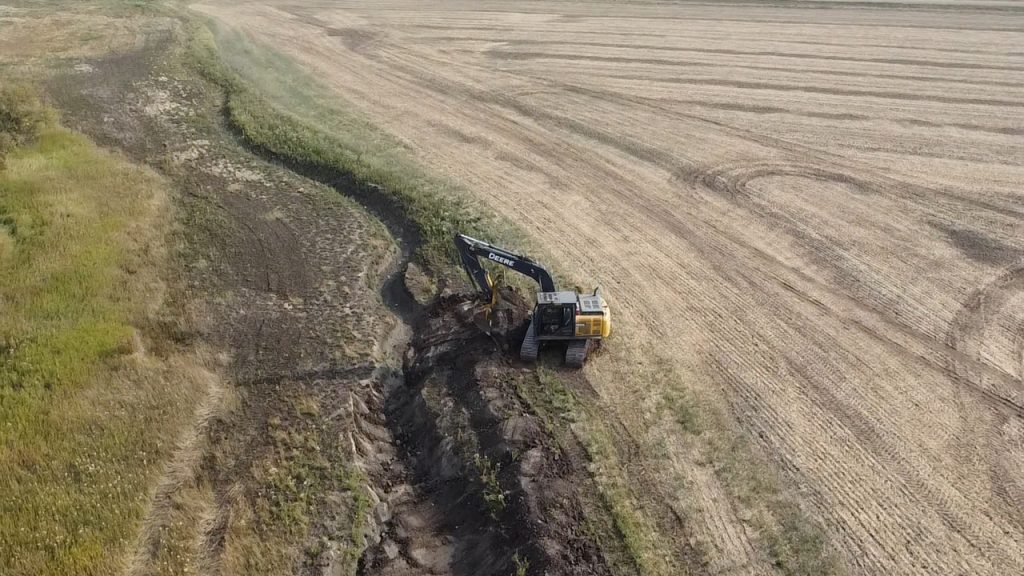
This project put a berm (not part of non-human stream system) to protect the field from flood waters as seen below. The material for the berm came from the area between the older channel and the new channel (avlusion). This allows high waters to fill the area between the 2 channels reconnecting the stream to its floodplain.
Floods are an integral part of rivers and streams. It is how they shape their valleys and deliver water but they need floodplains to do it. So stepping back from the water gives the stream room to flood and saves us from losing fields, houses, and infrastructure. After the survey we new that there was a good space for a floodplain between the 2 channels. An excavator lowered built up areas to allow high waters to access this area first.
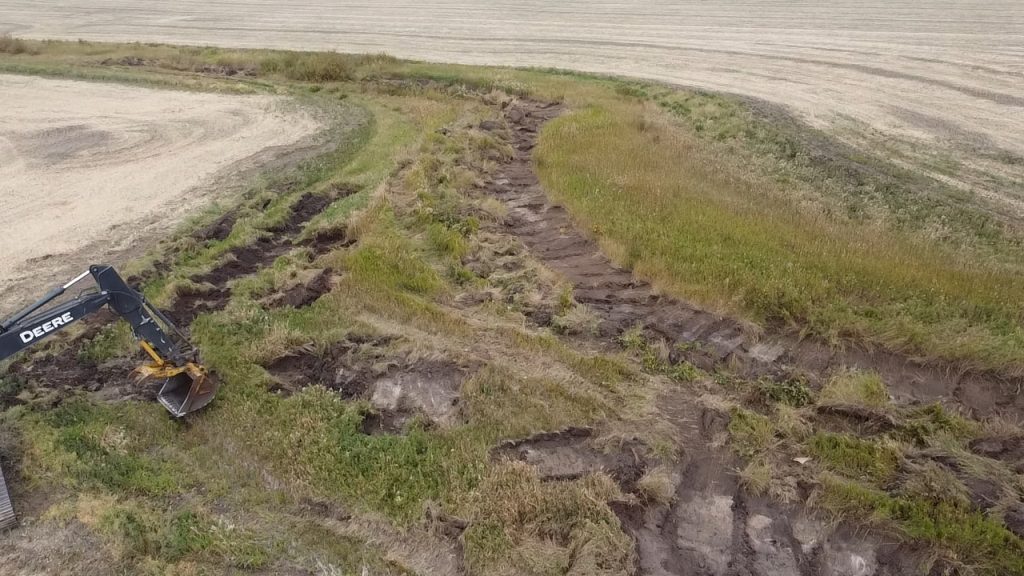
Field work is about to begin!
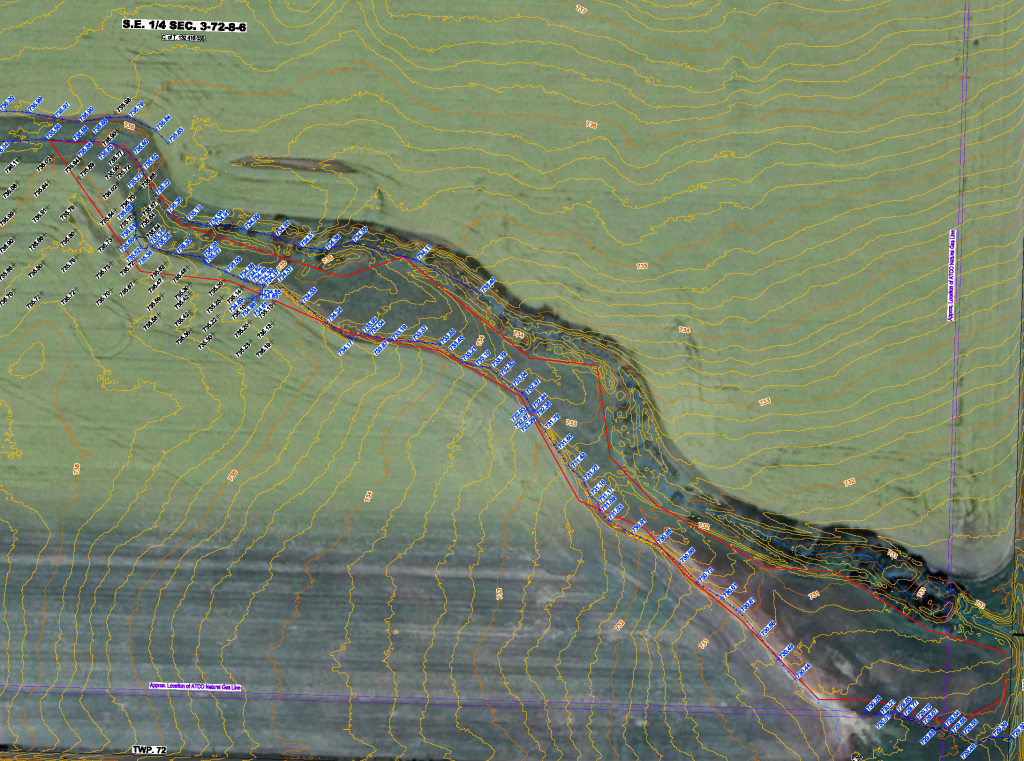
We are excited to be starting the earth work to reconnect this stream to its floodplain. Over time the channel was separate from its floodplain which lead to flood events that carved new channels. This project will reconnect the floodplain by contouring the surface so that when the stream floods, which all streams do at some point, it has a floodplain for the water to go into. A floodplain is broad and shallow allowing water to spread out and slow down particularly when there is native woody vegetation growing there.
The topographic map shows the surface elevations that are present and the red shows the area that will become the reconnected floodplain. Floodplains are the buffer between flowing and uplands, a sort of pressure relief valve for watercourses. “Making room for the river” or maybe more appropriately, “stepping back from the river” or stream means that when they flood there is less damage to our fields, houses, roads etc.
Rough and Loose
Rough and Loose is a technique that has refined over the years and is now a standard in restoration work. Many different approaches contributed to the development of this approach. For instance, the top photo shows how we “put to bed” an access road for one of our fish habitat projects. This approach from the forestry industry restricts access. However, the uneven ground, often mounded with an excavator (bottom photo), provides a range of microsites. Some spots are higher, some are lower, some are wetter, some are drier, etc. This helps different types of native vegetation establish. The uneven surface also reduces erosion by allowing it to pull and not speeding water up by allowing it to run straight downhill. The downed vegetation on top also helps keep soil in place, provide nutrients and maintain moisture needed by the establishing vegetation. David Polster helped solidify and define the Rough and Loose technique and the picture of the technical note is linked to it.
One of the sites in the Resiliency in the Wapiti Watershed will be receiving a modified Rough and Loose treatment.

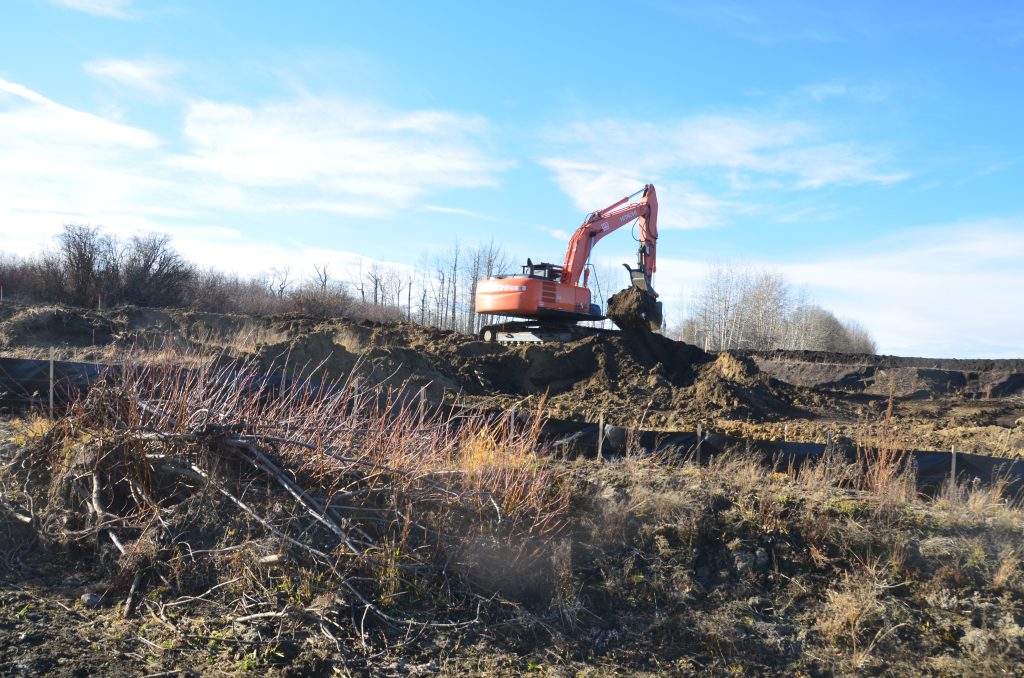
Erosion

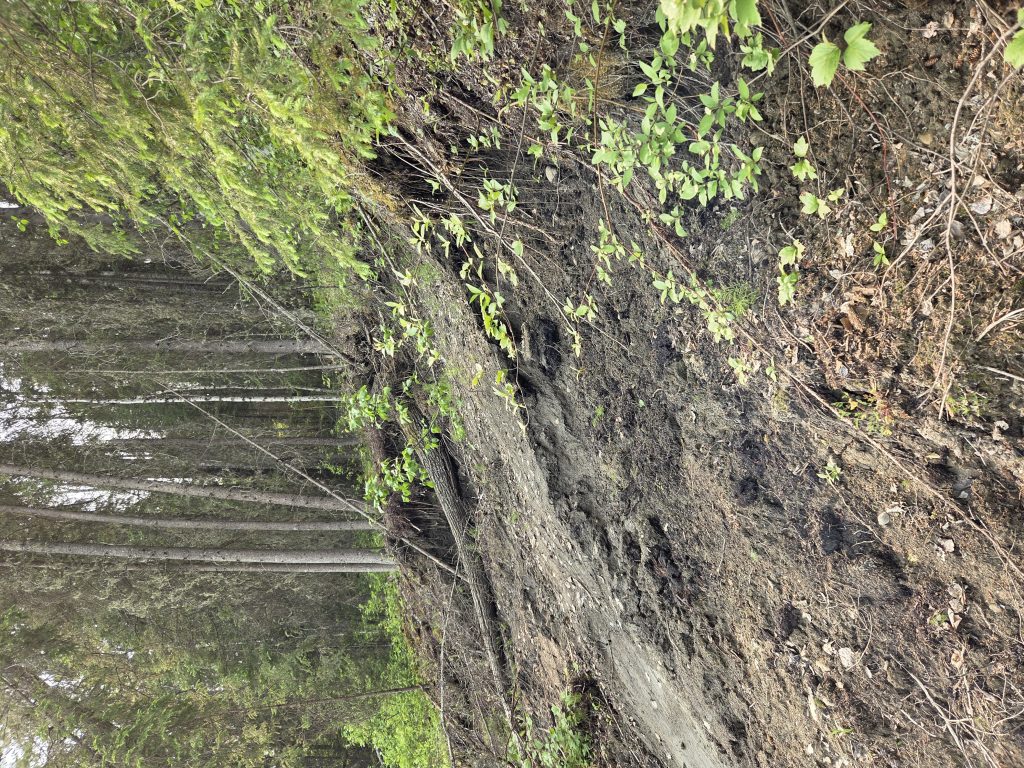
Erosion is a normal process that moves soil and generally downhill pulled by gravity. The photos show examples of erosion that are a normal part of the landscape. We are most often interested in erosion caused water but it may be caused by other mechanisms like wind. The tricky part is figuring out what part, if any, human activity plays in increasing or changing erosion and then trying to minimize this. Our Peace River Small Tributaries project is trying out an approach to reduce unwanted erosion in agricultural landscapes. This involves identifying changes in: vegetation, grade (or slope), volume of water that is moving, rate of moving (how much when?) and flow path.
Willows
Willow are shrubs that belong to the Salix genus (which is one of the groups in scientific naming). Shrubs are often defined as woody plants less than 10 metres tall and are often multi-stemmed. Although there are more than 15 different species of willow in our watershed most of us are not used to distinguishing between them. They are so simliar that often keys are needed to identify willows down to their species.
Most people are familiar with willows growing in wet areas and this is a primary reason that we use them in restoration projects. Willows thrive in wetter conditions and even directly in stream channels. They are a native species adapted to the aquatic and riparian systems that we often work on.
Above all, we use willow because they are resilient. This means that willows can handle stress and return to their original state. This could be high flows that bend them down, but they hold on with their roots and stand up again once the water is gone. Or it could be beavers chewing on them, but then the willows just sprout a new leader. Despite setbacks they continue to grow, hold the bank together, slow the erosive force of fast waters, provide habitat and are a critical part of healthy riparian and aquatic ecosystems.
Floodplains
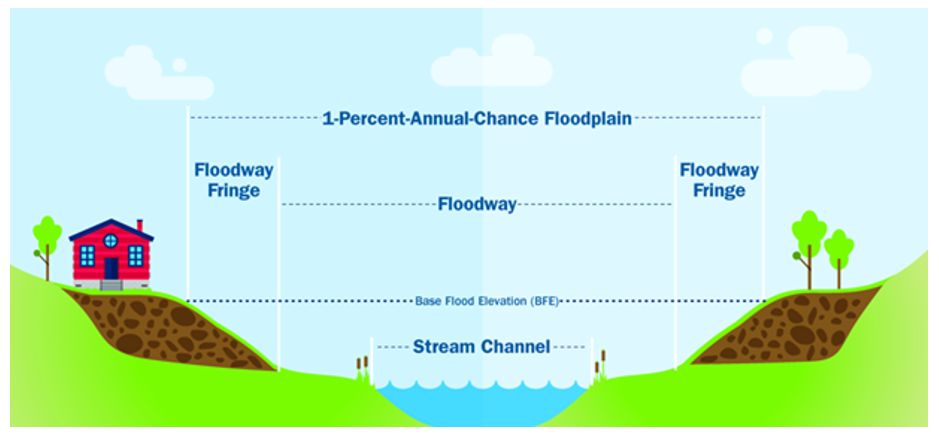
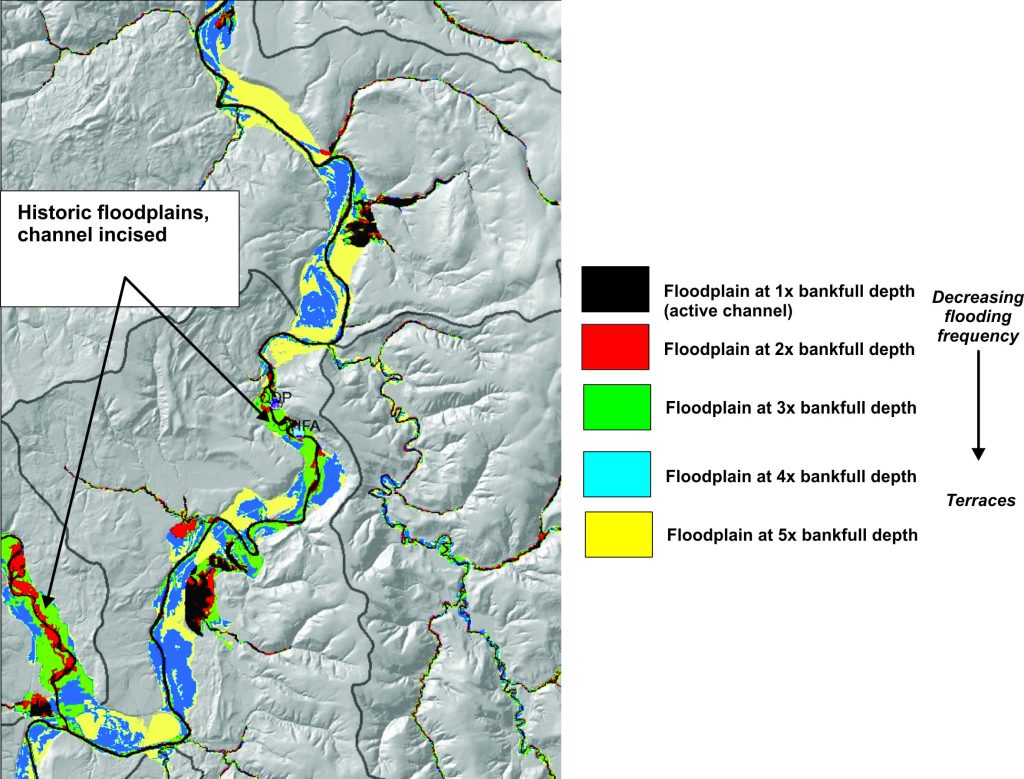
This project aims to improved the resiliency of the Wapiti Watershed. Resiliency can be thought of as the ability to bounce back from a disturbance. In the case of the watershed we are thinking about the ability of the watershed to bounce back from things like drought and flood to continue providing services that we need. These services (Ecological Goods and Services) include water quality, water storage, fish habitat, groundwater recharge as well as recreational and spiritual opportunities among other things.
There are two sites for this project and each will have specifics techniques employed.
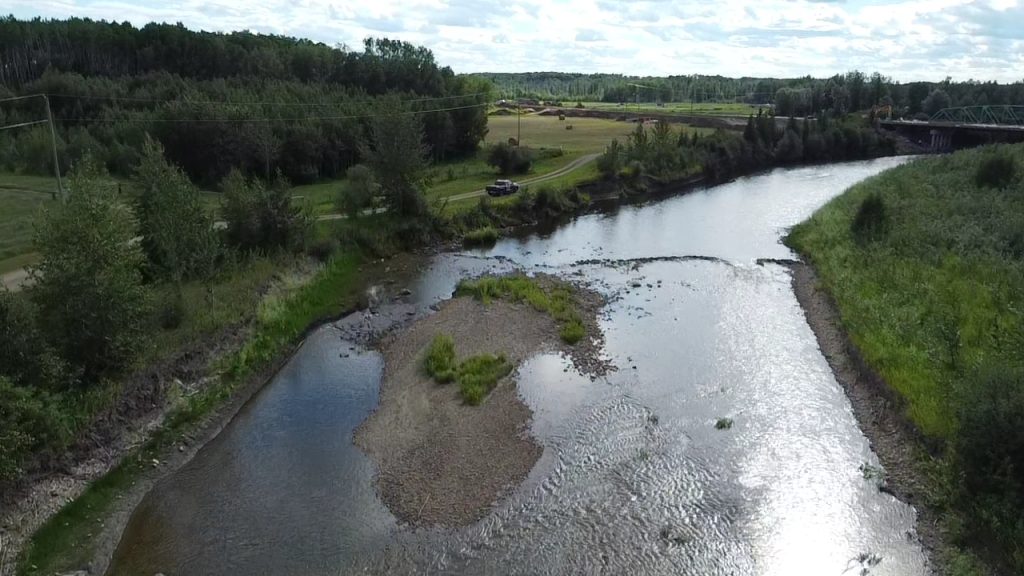
The first site involves a river bank that is eroding and affecting the people who live there. Rivers move over time as do river banks so we are not pursing a hard armouring (eg., concrete or rip-rap) approach. Rather we will be installing coarse woody debris which will allows the bank to move some but reduces the major or catastrophic bank collapses by reducing the force of the water and intertwining the coarse woody debris with saplings growing on the bank. We will be planting trees and doing some livestaking to restore the important vegetative component to this bank. An important of this is always allowing enough room for the river or stream, which includes the floodplain. This coarse woody debris will perform a range of functions including bank stabilization, flow moderation and providing fish habitat.
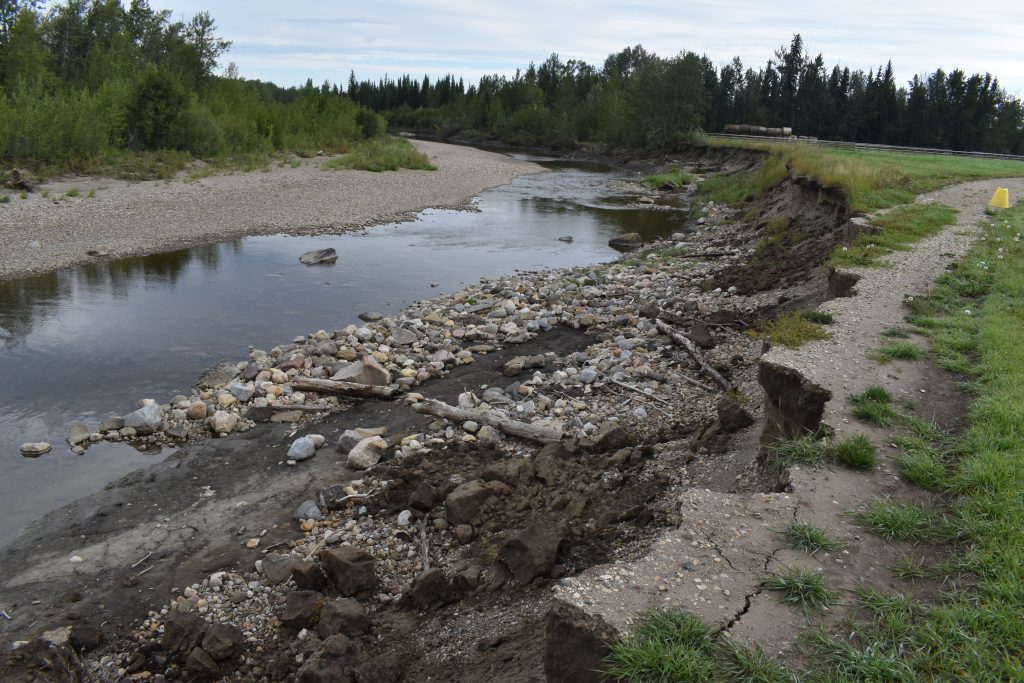

The other site involves erosion occurring in a field where a stream has become disconnected from its floodplain and created new channels during high flows cutting through the neighbouring field. In working to maintain both a functioning stream and agriculture on the landscape we will be reconnecting the stream to its floodplain and allow the floodplain to dissipate the erosive force of high flows and thereby reduce erosion in the field. This is of course requires adjusting management practices (farming) to how water is now across the landscape and ensuring that the stream has floodplains that can accept the higher volume flows. Earthworks will be completed to reconnect the floodplain and native vegetation will be reseeded to support its resiliency.
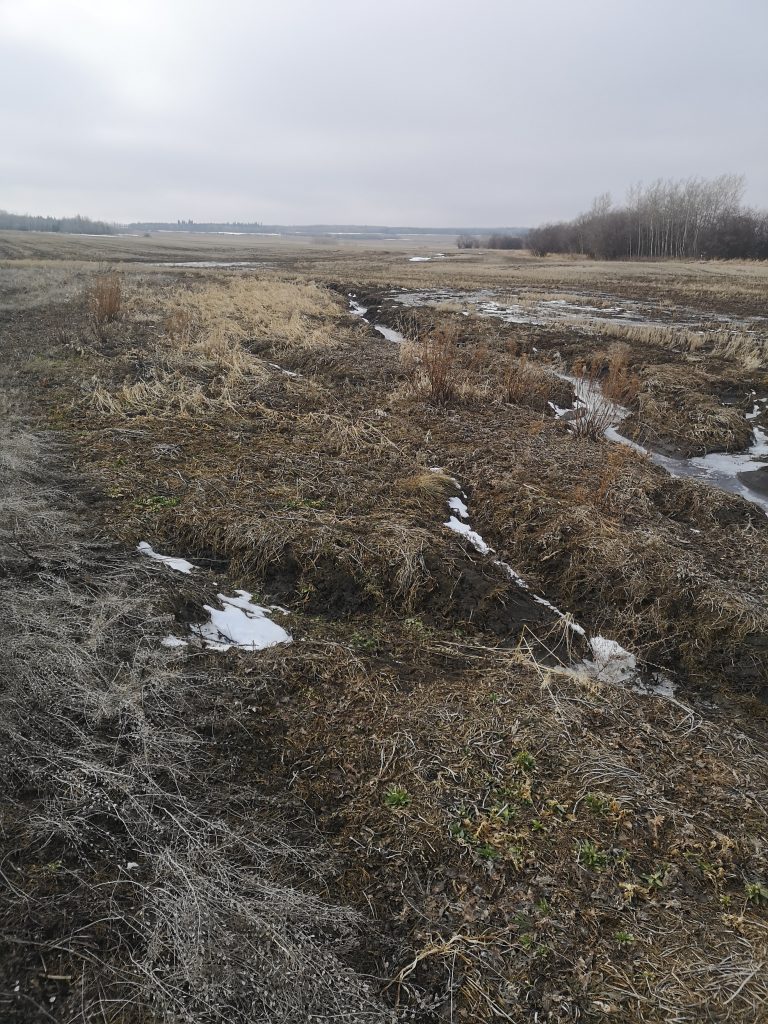
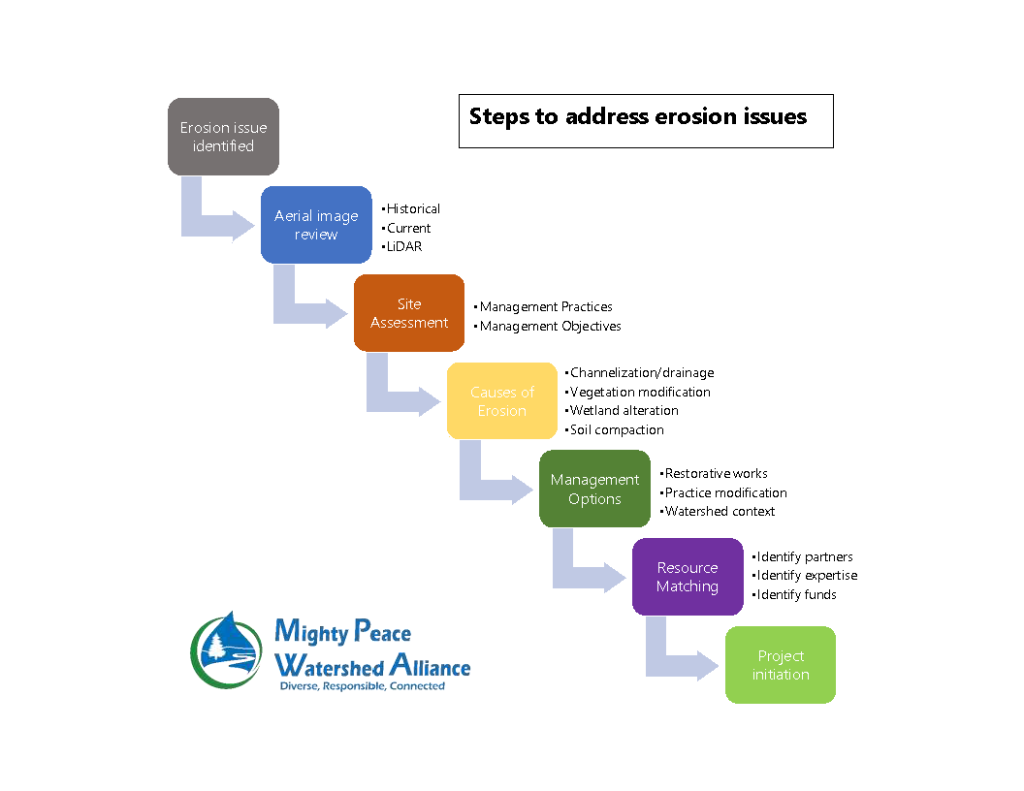
We are thankful for the support and funding that we have received for this project.
This project is undertaken with the financial support of

Many thanks go to the landowners who have allowed us to work alongside them in this project. Additionally, we rely on the expertise of our good friends and partners including:



